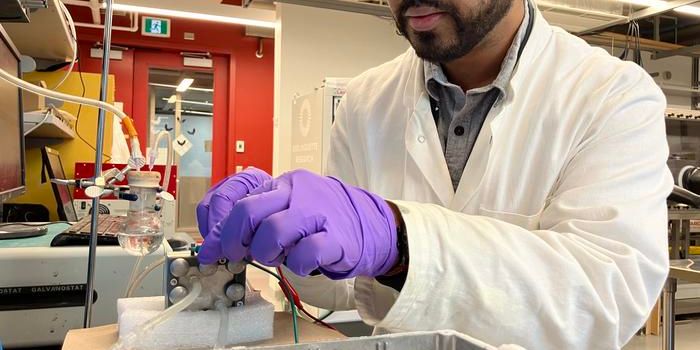Stretchable Sensors Could Improve Prosthetics and Robotics
When it comes to robotics and prosthetics, it’s all about replicating real human motions. A key goal in the development of effective prosthetics has been to find ways to ensure they are able to sense things in a way similar to humans. Ideally, a prosthetic hand can detect textures, pressure, and movement the same way a human hand can. A robotic arm, for example, requires certain pressure sensors to be able to perform basic duties like picking up an item.
The challenge, according to a research study published in Science Advances, is developing robotic and prosthetic sensors that can bend and flex while still detecting even the slightest amount of pressure, ensuring both mobility and accuracy.
This is a challenge because many pressure sensors lose their sensitivity during movement, making the development of soft, flexible pressure sensors that much more important. Researchers at the University of Chicago, may have found a soft-sensor solution that offers adequate flexibility and optimal sensing abilities.
More specifically, a common problem with many soft flexible sensors has been differentiating between external pressure (which they are supposed to measure) and the strain put on the sensor by movement; the sensor often has trouble telling the difference between these two. The sensor developed by the research team has the ability to stretch up to 50% and can even feel the pressure from a single piece of paper, underscoring it’s incredible sensing ability and flexibility. To test the ability of their sensor in a proof-of-concept, the research team attached the sensor to a robot and used it to measure a human pulse, which the sensor was able to detect with a high degree of accuracy.
For future applications, researchers see their sensor being helpful in a range of contexts, particularly in healthcare; for example, in the midst of the COVID-19 pandemic, robots with highly precise sensors could be used to help ensure people get the care they need by measuring vital signs, or even providing physical therapy-type care.
The team has now filed for a patent for their sensor technology.
Sources: Eureka Alert!; Science Advances








